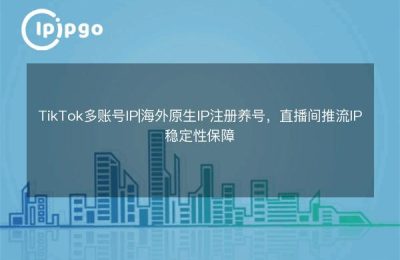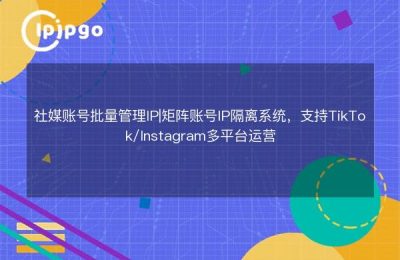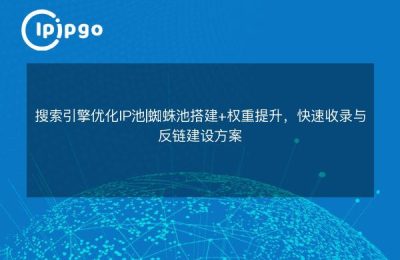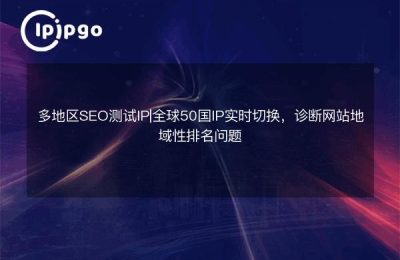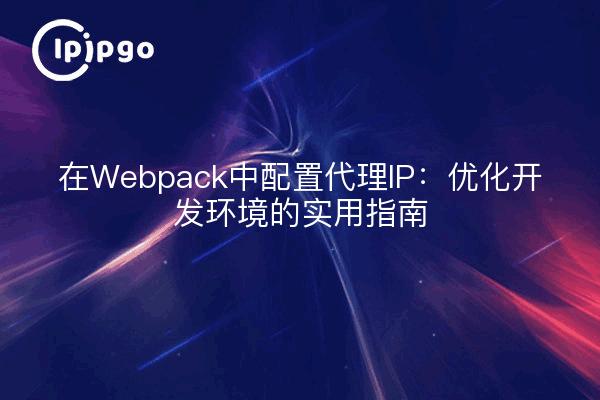
In modern web development, Webpack is a powerful tool for packaging and building projects. During the development process, you may need to interact with different API servers which may be located under different domains. To avoid cross-domain issues, we can configure proxy IPs in Webpack.In this article, we will explain how to do proxy configuration in Webpack.
Why do I need to configure a proxy IP in Webpack?
During development, front-end applications often need to communicate with back-end APIs. When the front-end and back-end are located in different domains, the browser will block these requests because of the same-origin policy. At this point, configuring a proxy IP can help us solve the cross-domain problem.
By configuring a proxy in Webpack, developers can proxy API requests to the target server, which is like installing a "relay station" for the development environment so that requests can reach their destination smoothly.
How to Configure Proxy IP in Webpack
Configuring a proxy IP in Webpack is very simple, here are the steps:
1. Installing Webpack Dev Server: Make sure you have Webpack Dev Server installed in your project, this is the basis for configuring the agent.
npm install webpack-dev-server --save-dev
2. Modify the Webpack configuration file: Open your Webpack configuration file (usually thewebpack.config.js), indevServerOptions to addproxyConfiguration. Example:
module.exports = {
// Other configurations
devServer: {
proxy: {
'/api': {
target: 'http://your-api-server.com',
changeOrigin: true,
pathRewrite: {'^/api' : ''}
}
}
}
}.– target: The address of the target server.
– changeOrigin: Set totrueWhen it does, the proxy changes the source of the request to the target server.
– pathRewrite: Used to rewrite the request path, here the/apiThe prefix is removed.
3. Starting the Development Server: Start your development environment with Webpack Dev Server and the proxy configuration will take effect automatically.
npx webpack serve
With these steps, you can successfully configure proxy IPs in Webpack so that your development environment can communicate with the backend APIs smoothly.
Proxy Configuration Considerations
There are some considerations to keep in mind when using proxies:
– Ensure that the target server is available: Ensure that the address of the target server is correct and accessible before configuring the proxy.
– path matching: Ensure that the paths in the proxy configuration are matched correctly, otherwise requests may not be proxied correctly.
– safety: In production environments, try to avoid using proxy configurations to ensure application security and performance.
Frequently Asked Questions and Solutions
There are some common problems that may be encountered when configuring a proxy. Here are some solutions:
– Request Failed: Check that the target server address and path match are correct, and make sure that the network connection is normal.
– Cross-domain problems persist: Verify that the proxy configuration has been applied correctly and check for error messages in the browser console.
summarize
Configuring proxy IPs in Webpack is an important means of solving cross-domain problems. With the guidance in this article, I believe you have mastered the skill of configuring proxies in Webpack.
Hopefully, this information will help you develop better with Webpack and optimize your development environment. If you run into problems, try a few more times or seek community support - after all, the process of solving problems is part of improving your skills.


